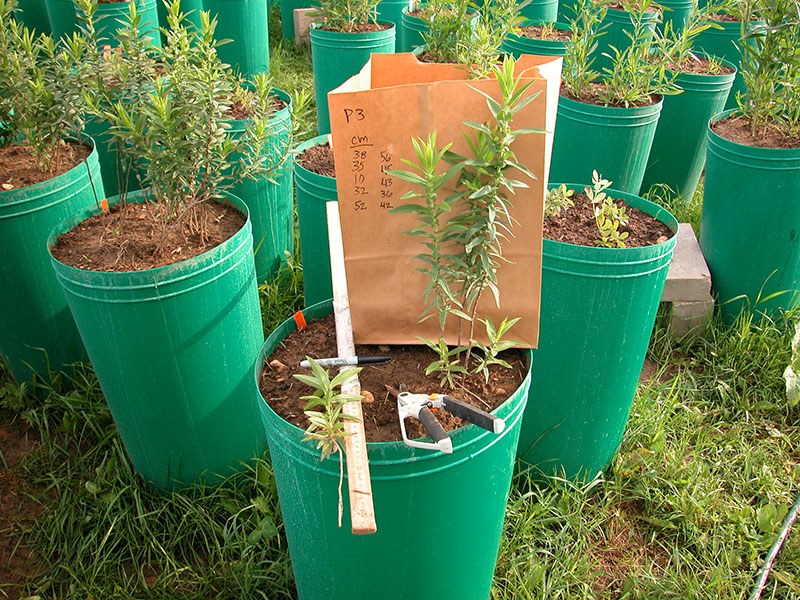December 15, 2020 – There’s a lot we can tell about plants by looking at them. We can see their leaves, stems and overall structure. But we can’t see what the roots look like under the ground, like root depth or structure. This Soil Science Society of America’s (SSSA) December 15th Soils Matter Blog explores how scientists can use aboveground traits such as bloom time and height to predict what plants look like underground.
Blogger Marie Johnston explains, “We also wanted to know if plants that bloomed at the same time in the season (flowering phenology) would have similar characteristics, and if plants with a similar shape (crown morphology) would share characteristics. Information about the species when grouped this way might be useful in picking one plant or another for a city planting.”
Johnston and her team inventoried which prairie plants were used in city plantings and chose 16 species and grew each species separately. When species reach the end of their flowering phase, the plant is usually done growing new leaves. So, when this happened, the research team cut down each individual specie, and removed the roots from the soil. To learn more about their findings, read the entire blog post: https://soilsmatter.wordpress.com/2020/12/15/can-the-parts-of-plants-we-can-see-help-predict-the-parts-of-them-we-cant/
Follow SSSA on Facebook at https://www.facebook.com/SSSA.soils, Twitter at SSSA_Soils. SSSA has soils information on www.soils.org/discover-soils, for teachers at www.soils4teachers.org, and for students through 12th grade, www.soils4kids.org.
The Soil Science Society of America (SSSA) is a progressive international scientific society that fosters the transfer of knowledge and practices to sustain global soils. Based in Madison, WI, and founded in 1936, SSSA is the professional home for 6,000+ members and 1,000+ certified professionals dedicated to advancing the field of soil science. The Society provides information about soils in relation to crop production, environmental quality, ecosystem sustainability, bioremediation, waste management, recycling, and wise land use.
